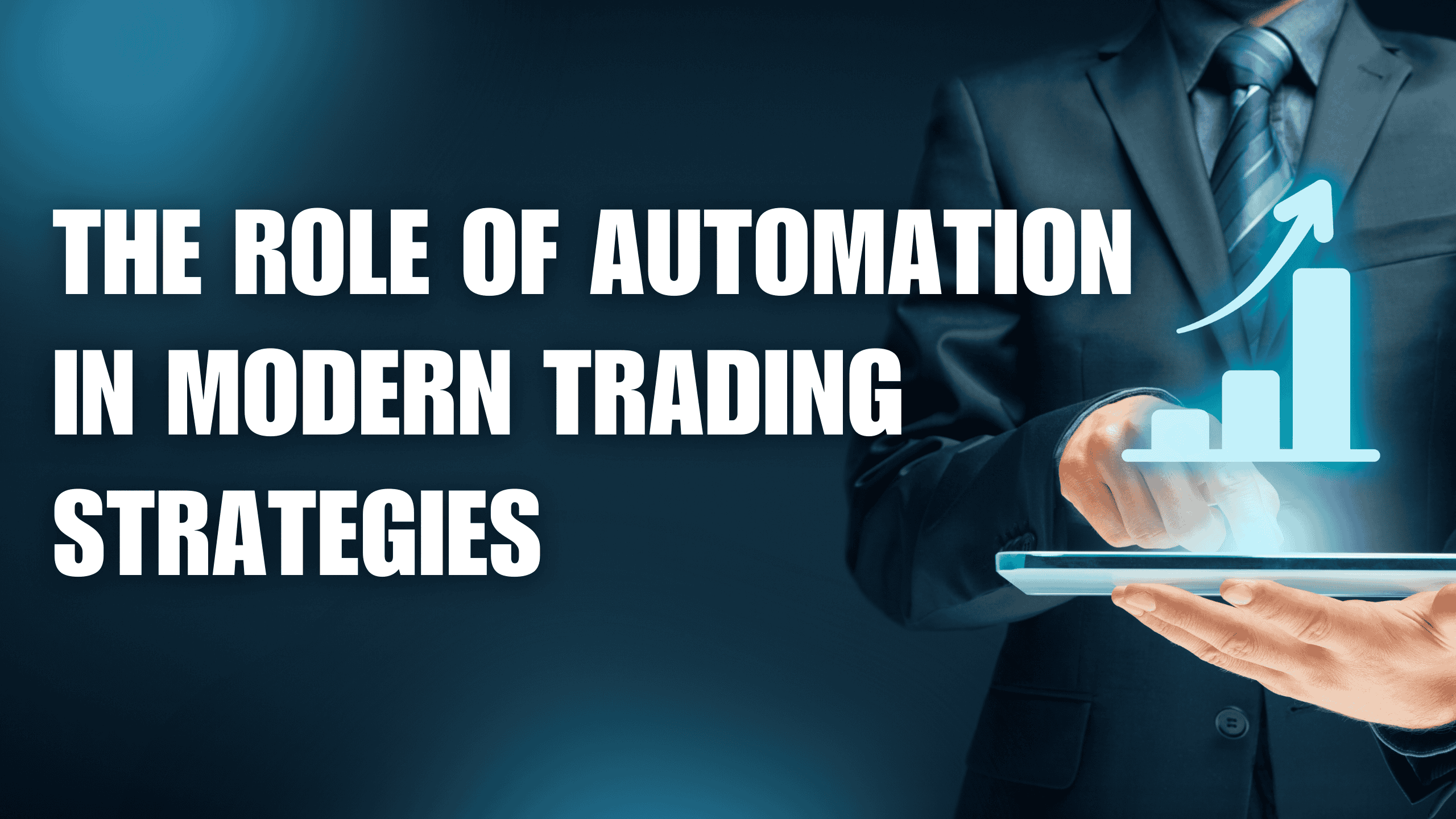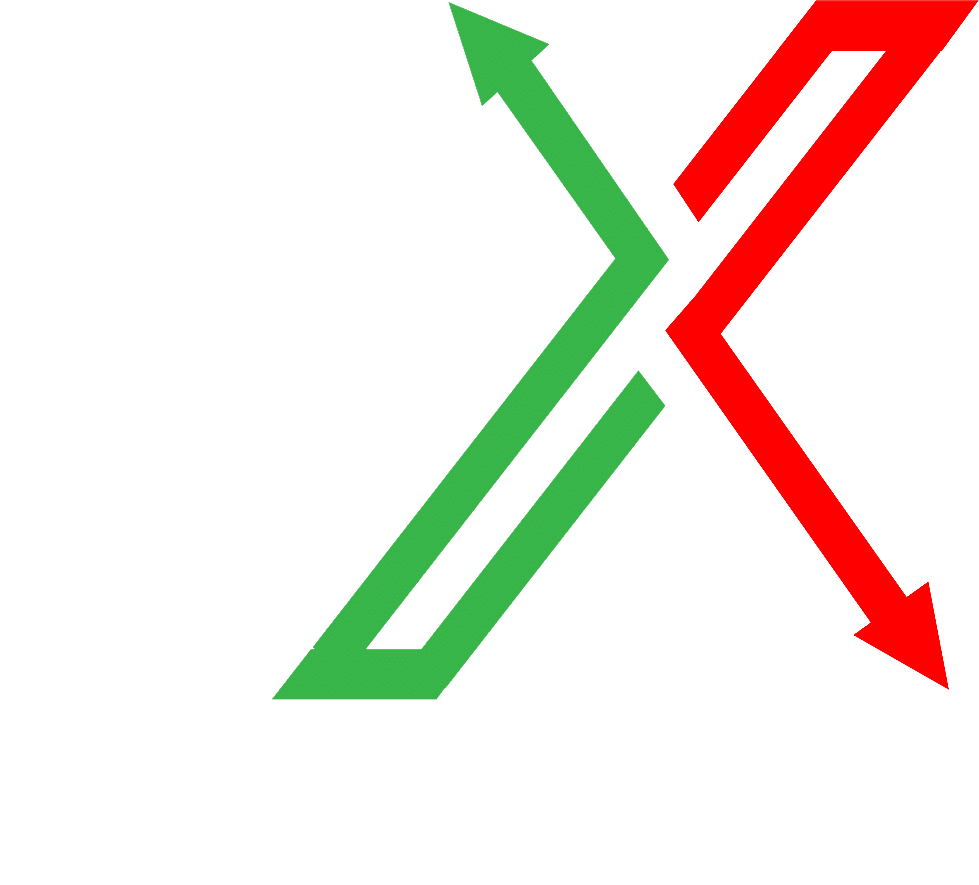In today’s fast-paced financial markets, staying ahead of the competition requires efficiency, precision, and adaptability. That’s where trading automation comes into play. This groundbreaking technology is reshaping the trading landscape by allowing traders to execute strategies with greater speed and accuracy than ever before.
Whether you're a seasoned trader or just starting your trading journey, understanding the role of automation in modern trading strategies is essential. In this article, we’ll explore what trading automation is, its benefits, how it integrates into trading software, and how automated trading is shaping the future of financial markets.
What Is Trading Automation?
Trading automation refers to the use of software and algorithms to execute trades in financial markets without human intervention. These systems can analyze market data, identify trading opportunities, and place trades in real time. The aim is to reduce human error, remove emotional biases, and improve overall efficiency.
At its core, trading automation combines technology with sophisticated trading strategies. By using algorithms, traders can set predefined rules for entries, exits, and risk management. Once programmed, the system takes over and executes trades based on these rules, even while the trader is away from their desk.
How Does Automated Trading Work?
Automated trading relies on advanced trading software that is capable of analyzing massive amounts of market data in milliseconds. Here's how it typically works:
Strategy Design: Traders or developers define a strategy with specific parameters, such as when to buy or sell, stop-loss levels, and profit targets.
Backtesting: The strategy is tested using historical market data to determine its effectiveness and refine the parameters.
Execution: The trading software executes the strategy in real time, monitoring markets and triggering trades automatically based on the pre-set conditions.
Performance Monitoring: Traders track the system’s performance, making adjustments if needed to optimize results.
This seamless process eliminates the need for manual trade execution, which can be prone to delays and errors.
Benefits of Trading Automation
Automated trading offers several advantages that make it a game-changer in the world of finance:
1. Speed and Efficiency
Automated systems can process data and execute trades far quicker than any human could. This speed is crucial in volatile markets where prices change in seconds.
2. Elimination of Emotional Trading
Emotions like fear or greed can cloud judgment and lead to poor trading decisions. With trading automation, decisions are purely data-driven, removing emotional bias from the equation.
3. Consistency
Automated trading ensures that strategies are executed consistently every time, adhering strictly to the rules set by the trader. This reduces the risk of deviating from the plan.
4. Scalability
Unlike manual trading, which limits you to focusing on a few markets or assets at a time, automated systems can monitor and trade multiple markets simultaneously.
5. 24/7 Market Monitoring
Financial markets like forex and cryptocurrency operate around the clock. Automated trading systems ensure you never miss a trading opportunity, even when you’re asleep.
6. Backtesting Capability
Automated trading systems allow you to test strategies against historical data to gauge their effectiveness. This feature helps fine-tune your approach before deploying it in live markets.
Types of Trading Automation
Fully Automated Systems: These systems handle everything from data analysis to trade execution without human intervention.
Semi-Automated Systems: These provide trade recommendations, but the trader makes the final decision to execute.
Custom Algorithms: Some traders develop proprietary algorithms tailored to their unique trading strategies.
Trading Software and Automation
The backbone of automated trading lies in robust trading software. These platforms come equipped with tools for strategy development, market analysis, and performance tracking. Popular trading software includes:
MetaTrader 4/5: Known for its user-friendly interface and algorithmic trading capabilities.
NinjaTrader: Offers advanced charting and backtesting tools.
cTrader: A favorite among forex traders for its speed and functionality.
When choosing trading software, ensure it supports the type of automation you need and is compatible with your trading style.
Challenges of Automated Trading
While the benefits of trading automation are immense, it’s not without its challenges. Here are some common issues to consider:
Technical Failures: Power outages, server issues, or software bugs can disrupt automated systems.
Over-Optimization: Excessive tweaking during backtesting can lead to strategies that perform well on historical data but fail in live markets.
Market Conditions: Automated systems may struggle during unexpected market events or extreme volatility.
To mitigate these risks, always monitor your automated trading systems and have a backup plan in place.
The Future of Automated Trading
As technology continues to advance, automated trading is becoming more sophisticated. Artificial Intelligence (AI) and Machine Learning (ML) are being integrated into trading algorithms, enabling systems to learn and adapt to changing market conditions. Additionally, blockchain technology and decentralized finance (DeFi) are opening new doors for innovation in automated trading.
The future of trading will likely see increased reliance on automation, making it vital for traders to embrace this technology to stay competitive.
FAQs About Trading Automation
1. What is trading automation? Trading automation is the use of software and algorithms to execute trades automatically based on predefined rules, without human intervention.
2. How does automated trading work? Automated trading involves programming a system with specific trading rules. The software then monitors markets, analyzes data, and executes trades automatically based on the set parameters.
3. What are the benefits of trading automation? Benefits include speed, efficiency, consistency, reduced emotional bias, scalability, and the ability to trade 24/7.
4. What is the best trading software for automation? Popular trading software for automation includes MetaTrader 4/5, NinjaTrader, and cTrader. The best choice depends on your trading style and needs.
5. Can trading automation guarantee profits? No system can guarantee profits. Automated trading reduces errors and improves efficiency, but success still depends on the strategy and market conditions.
6. Are there risks with automated trading? Yes, risks include technical failures, over-optimization, and challenges during volatile market conditions. Regular monitoring is essential.
Conclusion
Trading automation is transforming the way we approach financial markets. From faster trade execution to consistent strategy implementation, automation offers a host of advantages for traders. While there are challenges to consider, the benefits far outweigh the risks for those who take the time to learn and optimize their systems.
As the financial landscape evolves, staying informed about advancements in automated trading will be key to staying ahead. Embrace the power of trading automation and unlock new opportunities in the ever-dynamic world of trading.
For more insights and tools to enhance your trading journey, visit FXTradeElite.

